Why is MotoGP so Spanish?
The amazing Marc Marquez has seized the 2018 championship by the scruff of the neck. After the first five of 19 races, with his Repsol Honda finally singing his tune once more, he was looking unbeatable. Just as when he was a rookie in 2013. In a dominant 2014. And again (in spite of a temporarily reluctant motorcycle) in 2016 and 2017.

The interruption in 2015 came from Jorge Lorenzo, on a Yamaha. The two are very different, but share one thing: they’re both Spanish. Between them they’ve taken all but one of the last eight titles.
They head a slew of Spanish talent. Several stand out especially – Maverick Vinales is currently struggling, but remains a major player, and great things are expected of Alex Rins, in his second premier-class year. And more are coming: in particular reigning Moto3 champion Joan Mir, on the podium in only his fifth Moto2 race, and earmarked for the top class next year. And all under the aegis of Spanish company Dorna which, after a brief but surprisingly friendly skirmish with Bernie Ecclestone, took over the commercial rights of motorcycle grand prix racing more than 25 years ago.
So why is bike racing so Spanish?
Statistically, when Dorna assumed control in 1992, Great Britain had only just been outranked by America in the total number of premier-class GP wins. But US riders were in turn coming to the end of a relatively short-but-very-glorious spell of domination, starting with Kenny Roberts and petering out fitfully after Schwantz and Rainey. A total of 154 race wins keeps them second overall.
It was Italy that vaulted to the top, a current total of 238 is thanks mainly to Rossi (89), but with a lot of capable help.
And Spain? Well, at that 1992 break point, the number of top-class wins was precisely zero. Now? After Marquez’s win in France, 145, and counting.
Spain’s early racing success was in the smallest classes, where Angel Nieto’s tally of 13 titles remains unbeaten. The first premier-class win came (from Alex Criville) in Dorna’s first year. Criville won the title in 1999, but the stranglehold was some way in the future. In 2010, all three champions were Spanish. It’s happened twice more since then.
How did this come about?
Not by accident, and not because of money. Or not only because of money. There’s also the matter of how it was spent. Backed generously by the likes of Repsol and Telefonica Movistar and steered by what turns out to have been a commendably far-sighted Dorna, Spain mounted talent-spotting and youth-focused racing programmes to become the envy of the world. Former GP winner Alberto Puig, now managing the Repsol Honda team, was and remains a key figure; current Repsol rider Dani Pedrosa among the first of his discoveries.
This was just the start. These programmes spawned growth. Thanks also to Dorna’s direct encouragement, the Spanish national championship – the CEV (Campeonata de Espana de Velocidad) – was pro-actively opened to foreign riders. The result, some 10 years later, saw the CEV take over from the traditional European championship to become the official ‘Junior World Championship’. Last year, a new beginner’s class was added.
Dorna’s vision was not only Spanish, however. Isolating international racing would risk it withering on the vine. A first Dorna-backed outreach came when Red Bull initiated the Rookie’s Cup in 2007, recruiting internationally for youngsters to run as a support class at the GPs. The first champion was Johann Zarco. Dorna has been more directly involved as these initiatives have spread, backing the Asia Talent Cup and in 2018, the new British Talent Cup (Slogan: ‘Your Road to MotoGP Starts Here’).
How long it will take for other nations to catch up to Spain? Italy can provide some inspiration. After the turn of the century this stalwart of the smallest class, whence, of course, came Rossi, Dovizioso and others, had run into the doldrums. In 2010, Spain’s first triple-title glory year, there was but a single Italian in the top 20 of the 125 class. Simone Grotzkyj, who, to his credit, managed to improve from 19th overall that year to 16th in 2011, was still the top Italian.
That situation has been reversed, thanks to a personal initiative by Rossi, whose training ranch outside Tavullia brought a new focus and professionalism, and has yielded such success as Franco Morbidelli’s 2017 Moto2 title, and the current Moto2 leader Pecco Bagnaia, to name but two of his exceptional discoveries.
In fact, there are now more Italians on the Moto2 and Moto3 grids than Spaniards. In all three classes, from a total of 84 riders, 22 are Spanish and 23 Italian.
Focus, professionalism and vision are the key. It’s a matter of applying business thinking to sport. Spain saw the way to do it first.
Photography courtesy of Motorsport Images
MotoGP
Marc Marquez
Jorge Lorenzo
Maverick Vinales
Valentino Rossi















